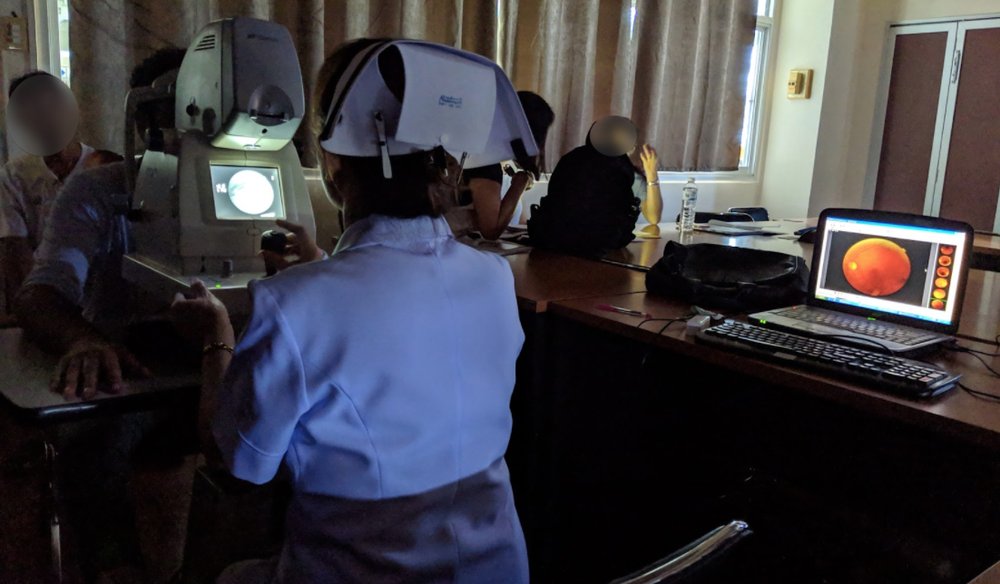
Google has been conducting research using image diagnosis AI for diabetes, eye disease, cardiovascular risk factors, anemia, and breast cancer screening for four years. However, according to the latest paper from Google Health, the AI for diabetic retinopathy detection, which was boasting a high precision of more than 90% in laboratory-based experiments, performed as expected in the test field work conducted in cooperation with Thai medical institutions. It turned out that it did not upload.
In Thailand, it can take up to 10 weeks for a doctor to take a picture of a patient’s eye and check for diabetic retinopathy. Google AI is designed to speed up this process, so you can get results in 10 minutes. In the practical operation held in 11 hospitals, including Chiang Mai, Thailand, AI was scheduled to help medical staff by conducting a search for diabetic retinopathy that could lead to vision distortion or loss.
However, the researchers find an unexpected problem. Locally, the ophthalmic examination process varies greatly from hospital to hospital, and the image quality provided for AI diagnosis was significantly low. The Internet environment is also poor, so it takes a long time to upload diagnostic images to the AI server, and in some cases, the existing system is said to be more efficient.
As a result, Google AI could not diagnose more than a fifth of the images, and even if it tried to re-diagnose, it was difficult to see the patient again due to problems such as traffic or work. The nurse, who was worried about the burden of patients who had been treated several times, even stopped participating in the test.
Google admits that there are many problems to be solved in order to deploy AI broadly in its research papers. It also stated that it was necessary to include on-site evaluation and investigation steps before proceeding with the plan. The future test candidates reported that nurses, doctors, and equipment operators need to participate in advance to design a new diagnostic workflow and actively eliminate potential barriers in practical use.
It ended somewhat unfortunately, but the advantages of introducing AI to medical fields where doctors and staff are usually burdened are clear. In this experiment, it is reported that one employee who was able to handle the device was able to process 1,000 images per day with AI. Also, the patient’s concern was that making a diagnosis on the side of their health status was hardly a problem for either human or AI. Related information can be found here .


















Add comment